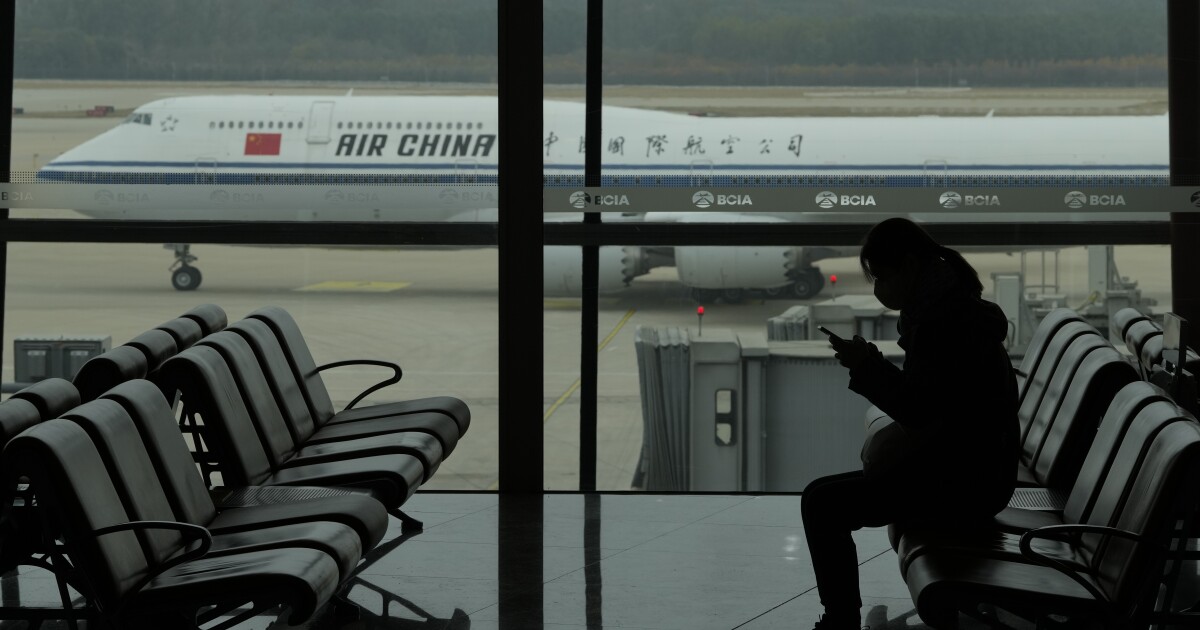

China is poised to end its quarantine requirements for international visitors in early January, marking a significant step toward reopening even as the country grapples with a massive surge in COVID-19 cases.
The China National Health Commission announced on Monday it would no longer require travelers to quarantine upon arrival and that it would ease restrictions on the number of incoming flights the country may receive on any given day beginning on Jan. 8. The loosened restrictions reverse the country’s current requirements for travelers to quarantine for eight days, which has been in place for nearly three years since the beginning of the COVID-19 pandemic.
CHINA SCALES DOWN PANDEMIC REPORTING AS IT DITCHES ‘ZERO COVID’ POLICIES
The policy reversal is the latest move from the Chinese government to do away with its “zero COVID” restrictions that were implemented in early 2020 that saw some of the strictest public health rules of any country during the pandemic.
Chinese officials began loosening these restrictions in late November amid widespread protests in the country, as residents claimed the COVID-19 lockdown protocols hindered rescue efforts in a recent fire that killed 10 people.
However, it also comes as China grapples with a massive surge in COVID-19 cases and deaths in recent weeks. Although Chinese officials have stopped publishing daily COVID-19 data, some experts predict the country could see 1 million coronavirus-related deaths over the next several months due to the eased restrictions.
The head of the World Health Organization has expressed concerns about the recent surge in COVID-19 cases in China over the last few weeks, with some scientists warning it could lead to the emergence of new variants.
“[There’s] just not adequate protection in a population as large as China, with so many vulnerable people,” said WHO Emergencies Chief Dr. Michael Ryan, pointing to the country’s lagging vaccination rates with Chinese-made vaccines that only have about 50% efficacy. “The question remains whether or not enough vaccination can be done in the coming week or two weeks that will actually blunt the impact of the second wave and the burden on the health system.”
The lifting of the quarantine requirements comes as Chinese officials also announced they would be reclassifying COVID-19 from a Category A infectious disease — which warrants extensive restrictions to curb the spread — to Category B, putting it in the same classification as AIDS and the bird flu. It’s unclear how, if at all, this reclassification could further affect China’s reporting of cases and deaths as experts have already voiced concerns with the country’s methods.
CLICK HERE TO READ MORE FROM THE WASHINGTON EXAMINER
Some officials, such as Ryan, have suggested the country’s method for counting COVID-19 deaths is too narrow, as the country limits it to those who have experienced respiratory failure.
“People who die of COVID die from many different (organ) systems’ failures, given the severity of infection,” Ryan said. “So limiting a diagnosis of death from COVID to someone with a COVID-positive test and respiratory failure will very much underestimate the true death toll associated with COVID.”





